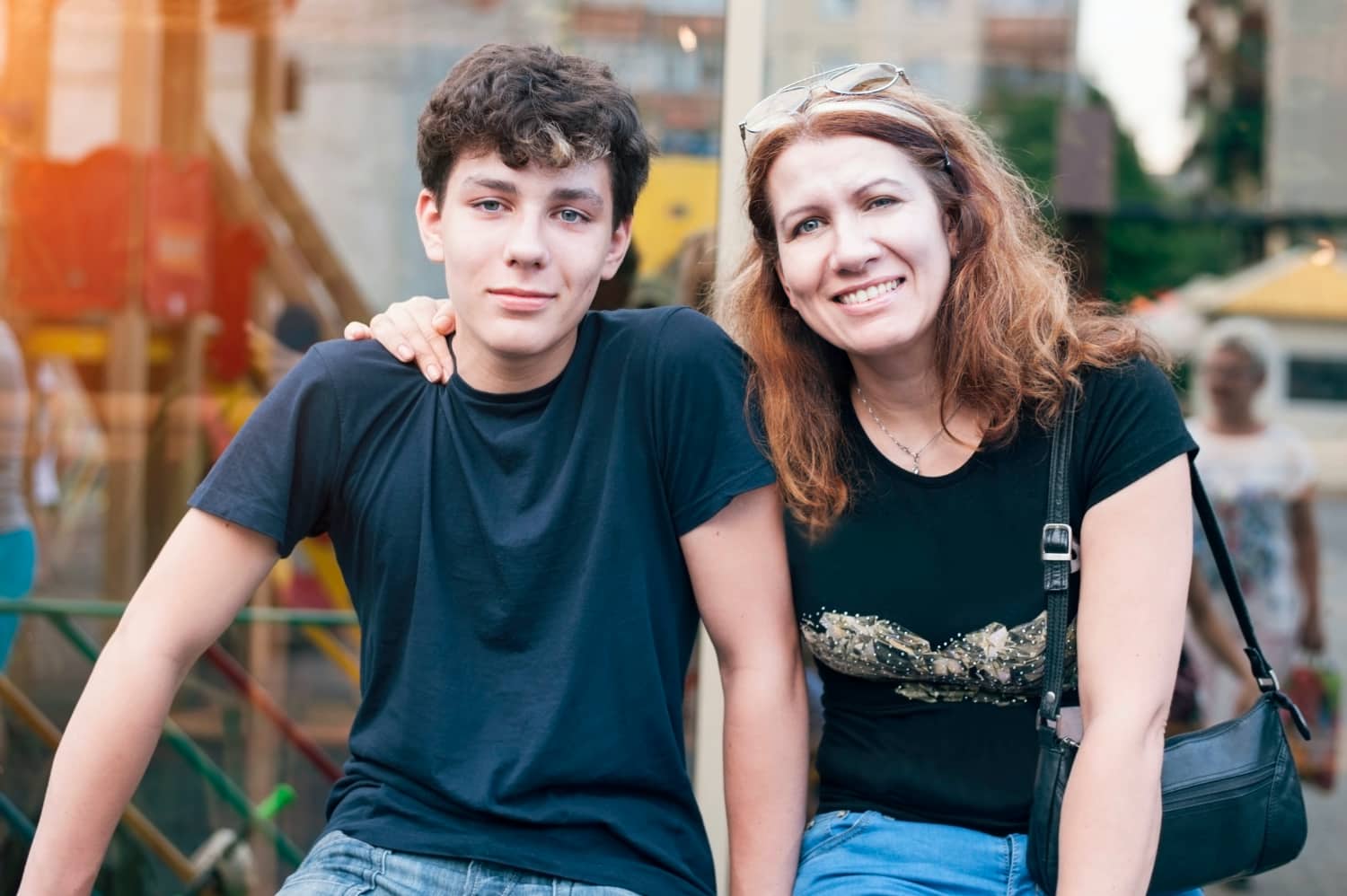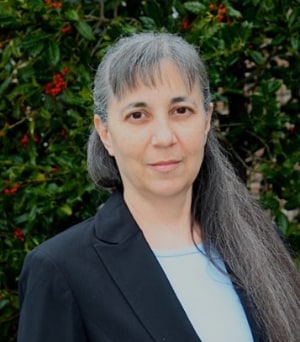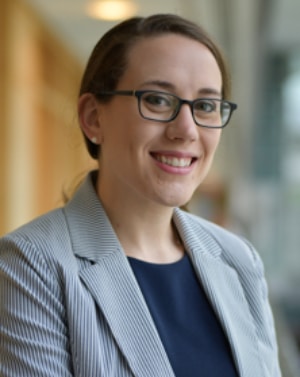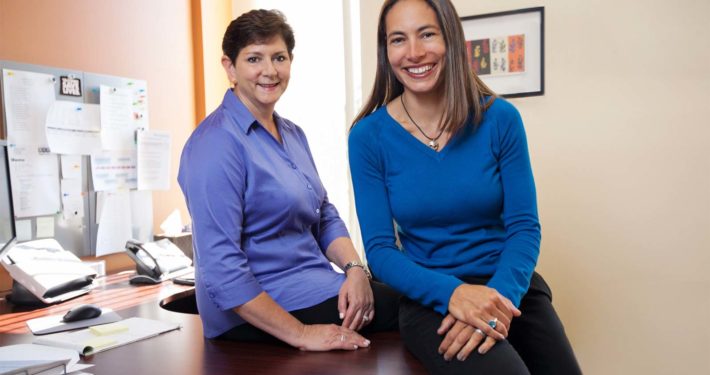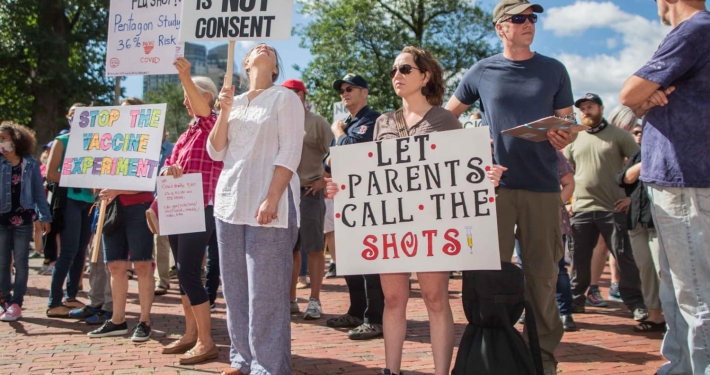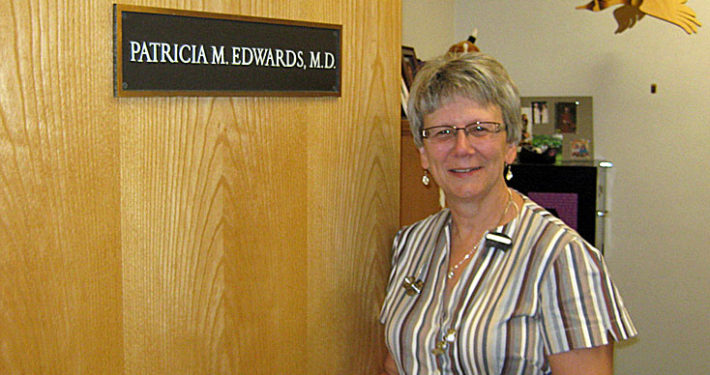Helping Adolescents Navigate the Path to Adulthood
Three pediatricians discuss the positive and negative effects of social media, ways to support mental health, how to better serve youth impacted by the opioid epidemic, and more.
As hormones flare and the brain continues to develop, adolescents face unique health challenges that can be addressed through a strong relationship with their pediatrician. Not only are teens and tweens experiencing the biological changes associated with puberty, they’re often navigating new social pressures and trying to understand where they fit in. They may begin to engage in sex, drugs or other risk-taking behavior. They’re beginning to forge an identity distinct from their parents or primary caregivers while figuring out how to make healthy decisions on their own.
Proactive conversations about these issues can be key to emerging on the other side of this maelstrom healthy and strong. In fact, research shows that unaddressed health problems in adolescence is an independent predictor of poor health outcomes and quality of life as an adult1. Consistent preventive care from a pediatrician, including screenings and routine check-ups, is critical for this age group, defined by the American Academy of Pediatrics as those between the ages of 11 and 212.
The following pediatricians are all engaged with adolescents in the hard work of growing up. They have unique perspectives on a range of issues facing teens and tweens, including the positive and negative effects of social media, ways to support mental health, and how to better serve youth impacted by the opioid epidemic.
Dr. Gail Schonfeld
After serving as a primary care pediatrician in East Hampton, New York, for over almost 40 years, Dr. Gail Schonfeld has developed many relationships that stand the test of time. When it comes to meeting the healthcare needs of adolescents, that trust can go a long way.
“That’s what routine check-ups are all about,” she says. “Having conversations, planting the seeds, so they know if they have a problem they can come to me.”
She’s had teenage patients confide in her about their sexual behavior, drug use, and social challenges, all concerns she wants to help them handle. One transformation she’s seen over the years: a greater willingness to discuss mental health issues in the context of a pediatric check-up.
“It’s changed from being something that’s a stigma and something that they hide and don’t want to share with their physician to it being their chief complaint,” she says.
She’s also seen a higher number of adolescents with anxiety disorders, although she wonders how much of that surge is attributable to greater awareness and diagnosis as opposed to increased prevalence. Knowing families over time has given her a unique window on the problem. Often, she’s able to intervene not only with the child, but with family and caregivers.
“It’s fascinating to me to watch the generational approach when a kid is anxious,” she says. “Often so too is the parent and so too is the grandparent. They weren’t always diagnosed or aware that the way they felt was abnormal.”
To help meet the needs of her community, Dr. Schonfeld has developed a pilot integrated mental health service at her three-doctor practice, East End Pediatrics. Part-time mental health professionals, paid on salary, provide care. A patient’s insurance is billed through her practice, streamlining the process and allowing more immediate access.
Although the program is still in development and Dr. Schonfeld is working hard to figure out all of the nuances of insurance requirements and credentialing, she’s optimistic and determined.
“I won’t give up,” she says. “If and when I do succeed I am going to make sure that others can follow down in the same path. When a patient can walk into your office needing mental health care and receive it onsite seamlessly and affordably, then we’ll see things really happen.”
Another passion of hers is reproductive health. When she first opened her practice in East Hampton in 1982, she was the “first female physician doing pelvic exams in the region.” Since then, she’s made it a priority to provide access to the full gamut of birth control methods as they have evolved, from pills and condoms to long-acting reversible contraception such as IUDs and injections. She continues to lobby for better enforcement of laws protecting adolescents seeking this type of care.
“There’s still a long way to go in terms of the rights of minors,” she says. “A lot of legislation in New York is undermined by the insurance companies. This makes it challenging for us to do what we need to do to ensure confidentiality.”
As she looks ahead, she anticipates spending more of her time advocating at the state and federal level for systemic changes to improve the health of children and adolescents. Her long experience in the field is a benefit, as is her deep understanding of the needs of the community. While serving as a pediatrician in East Hampton for the past four decades, she raised her own two sons there and now has three grandchildren.
“One of the nice things about being in the same community for a very long time – particularly a rural community – is that there’s a certain stability to the patient population,” she says. ”They know me. They’ve come to me when they were sick and injured and I’ve built up their trust. I think it’s what is known as the primary care advantage.”
“That’s what routine check-ups are all about. Having conversations, planting the seeds, so they know if they have a problem they can come to me.”Dr. Gail Schonfeld
Follow East End Pediatrics on Facebook.
Dr. Rachel Alinsky
Dr. Rachel Alinsky wants to make sure adolescents who struggle with opioid use disorder have access to the healthcare they need to grow into strong and healthy adults.
Now in the third year of an adolescent medicine fellowship at Johns Hopkins University, she’s concurrently pursuing a master’s degree in public health, as well as training in addiction medicine, a field critically important to the health of teens and tweens. Addressing issues with substance use early can save lives.
“Studies have shown that the younger someone is exposed to substances, the more likely they are to develop a problem with addiction lasting the rest of their life,” says Alinsky.
Brain development plays a role in adolescents’ susceptibility to drug misuse, with the prefrontal cortex of the brain that controls executive function and the ability to think things through in advance not fully developed until a person’s mid-twenties.
“They’re working with a system where the gas pedal is nice and developed but the brake is not yet,” she says. “That makes it harder to make the same sort of choices that an adult might make.”
This knowledge informs Dr. Alinsky’s research, which is focused on access to treatment and resources. A study she co-authored, published in JAMA Pediatrics, found that adolescents who experience an opioid overdose are less likely than adults to receive medication-assisted treatment, considered the standard of care for severe opioid use disorder according to the American Academy of Pediatrics. Dr. Alinsky looked at a large sample of over four million Medicaid-enrolled youth between the ages of 13 and 22. Out of about 3,600 who presented with an opioid overdose, only one in 54 youth received medication like buprenorphine, naltrexone or methadone within one month.
“This compares to some of the adult literature that shows that about 16 percent of adults receive medication within a month,” she says.
The disparity for black youth was even greater: only one in 651 received medication-assisted treatment within one month, as compared to one in 44 white youth. The study also found a high rate of second overdose within three months of the initial overdose, pointing to a missed chance in the emergency department.
“We have this opportunity to try to connect with them while they’re in the hospital and that’s not happening,” she says. “We wouldn’t accept that for other medical diseases, but unfortunately this is the state of what we’re able to do right now for youth with opioid addiction.”
Dr. Alinsky sees other ways to improve treatment access for adolescents. Through her fellowship, she is creating a pediatric primary care SBIRT (screening, brief intervention, and referral to treatment) to help empower pediatricians when it comes to addressing addiction.
“Not every pediatrician needs to be able to provide specialty addiction treatment, but everyone should be able to recognize it and connect patients to resources,” she says.
As she looks forward to a career that focuses on the nexus between addiction and adolescent medicine, she’ll be working to improve the overall approach to healthcare for teens and young adults.
“I think a lot of pediatricians see it as important to be the voice for patients that cannot vote and cannot speak for themselves, and the same goes in adolescent medicine,” she says. “Our patients are not getting what they should be, and I want to change the system.”
“Not every pediatrician needs to be able to provide specialty addiction treatment, but everyone should be able to recognize it and connect patients to resources.”Dr. Rachel Alinsky
Follow Dr. Rachel Alinsky on Twitter.
Dr. Nelson Branco
Dr. Nelson Branco has practiced pediatrics in a variety of locations since graduating medical school in the mid-1990s. He has provided care for the Navajo Nation in New Mexico through the Indian Health Service, in the Haight-Ashbury neighborhood of San Francisco through a free clinic, in Oakland at a Federally Qualified Health Center, and through his current practice, Tamalpais Pediatrics, in Marin County, California.
“The issues I’ve seen as I’ve grown up as a pediatrician have definitely shifted based on the communities I’ve worked in,” he says. “Socioeconomic status, the amount of trauma experienced, and family resources all play a role.”
Despite the distinct needs in each place, some concerns for adolescents stretch beyond state borders and life circumstances.
“I take care of a significant percentage of kids who are struggling with substance abuse or sexuality or mental health concerns,” he says. “It’s something that I’ve seen over the past five to ten years and it has become even more a part of what I do.”
At Tampalpais Pediatrics, one focus is on family education. Free group classes are designed to give parents and caregivers the resources they need to help their adolescents with a number of issues. Topics include gender-specific classes on anxiety and depression in teens and pre-teens; parenting children with ADHD; and nutrition classes for the high school athlete. The groups allow parents to connect with each other while also receiving high quality information and support.
“We try to get in front of [the issues] and help parents increase their ability to communicate,” says Dr. Branco. “Parents really appreciate having a resource and having someone to talk to.”
His practice has also partnered with two different therapy groups to co-locate mental health professionals onsite, a mix that currently includes two clinical psychologists, a social worker, a clinical counselor, and a marriage and family therapist. One goal for the practice is to work towards fully integrated behavioral health services.
When it comes to drug use – a perennial concern when caring for the adolescent population – Dr. Branco points to marijuana legalization in California and other states as a particular challenge. He says he’s concerned that an increasing number of teens may abuse the drug as a way to cope with stress and anxiety, as opposed to “working on other skills or ways to address the situation.”
“I don’t think that the availability [of marijuana] has changed significantly, but the stigma and the perception of risk has definitely changed,” he says.
Another change has been teens’ increased use of social media, with specific concerns for their developmental stage.
“The internet has turbocharged everything, even for adults,” he says. “You marry that cultural impatience with the impulsivity and the stress around social connectedness that is normal for adolescents, and it gets really hard for them.”
At the same time, there are positive effects from social media use, as he’s seen teens and tweens who identify as LGTBQ find community.
“We still see a significant number of kids who aren’t out or aren’t comfortable,” he says. “For the most part they do get to connect online and see that there is something more than what their day to day is now at their high school.”
For Drs. Alinsky, Schonfeld and Branco, working with adolescents centers on building trust and respecting their individuality. They see promise and potential in every young person, no matter their background or life story, while working to improve systems of care for their benefit.
“I try to understand where kids are coming from,” says Dr. Branco. “And I try to make no assumptions while at the same time I encourage kids to push past barriers.”
“We try to get in front of [the issues] and help parents increase their ability to communicate. Parents really appreciate having a resource and having someone to talk to.”Dr. Nelson Branco
Follow Tamalpais Pediatrics on Facebook and Twitter.
[1] Hargreaves DS, Elliott MN, Viner RM, Richmond TK, Schuster MA. Unmet health care need in US adolescents and adult health outcomes. Pediatrics. 2015;136(3):513-520 ↑
[2] Bright Futures: Guidelines for Health Supervision of Infants, Children and Adolescents Fourth Edition, Promoting Healthy Sexual Development and Sexuality ↑
A resident of Burlington, VT, Erin Post has a BA degree in English from Hamilton College, and is a graduate of the writing program at the Salt Institute for Documentary Studies. She is currently working on her master’s in public health at the University of Vermont. In her spare time, she likes to bike, ski, hike, and generally enjoy the Green Mountains of Vermont.


